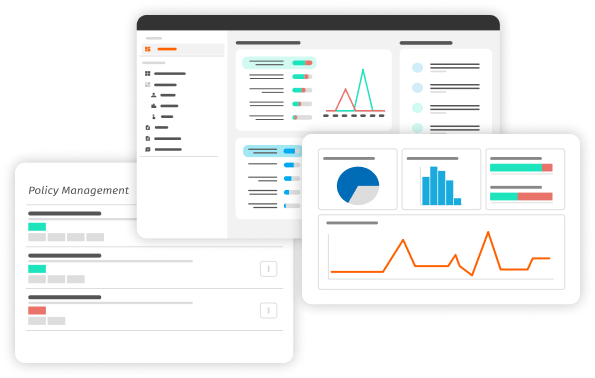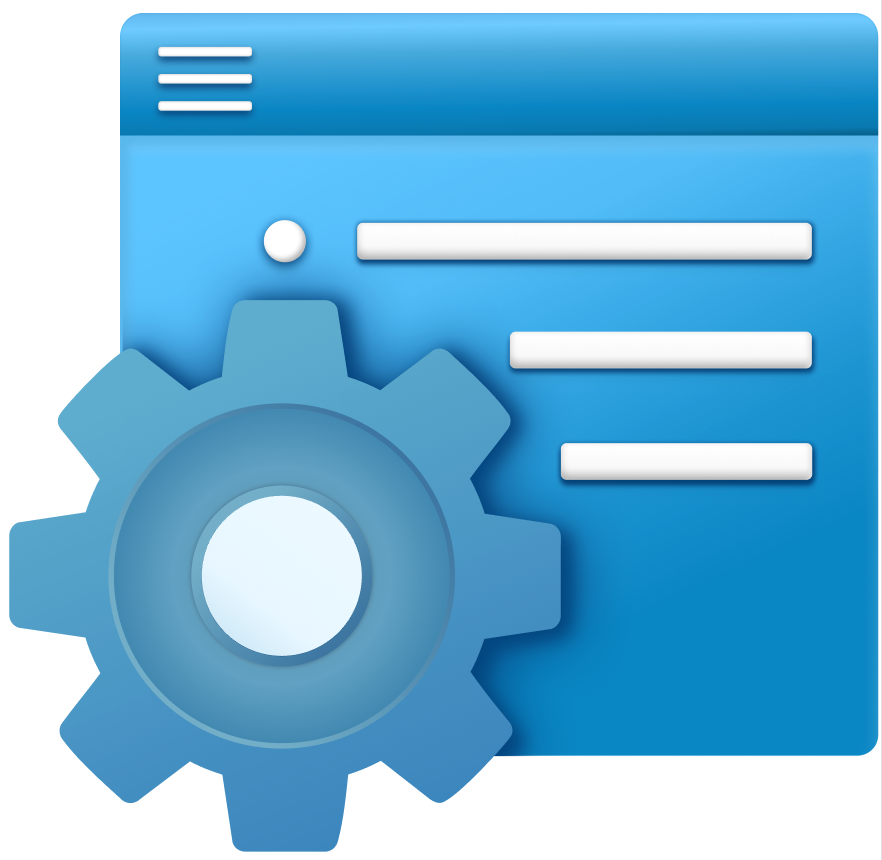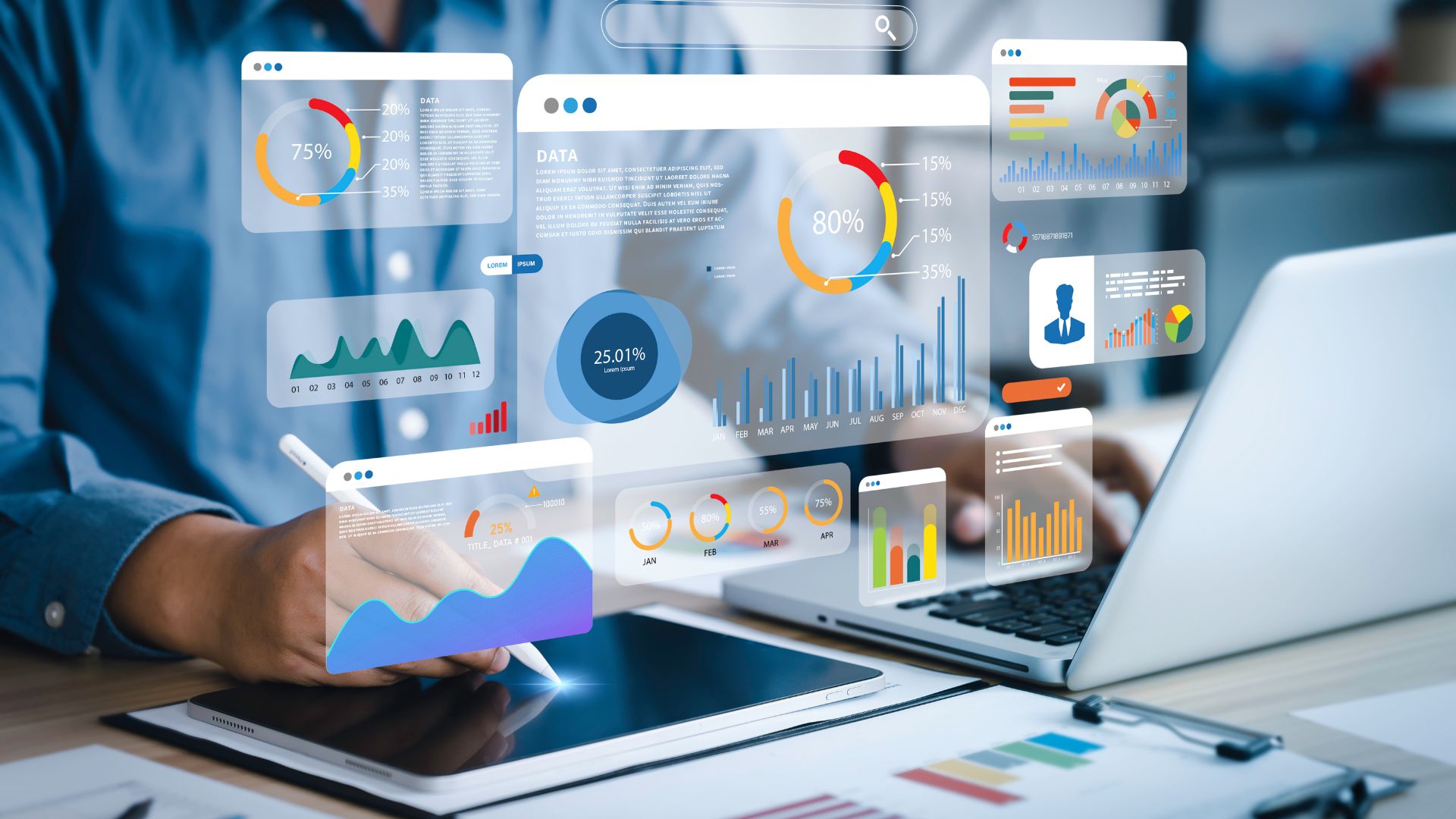21st century businesses run on a diverse landscape of IT ecosystems, where different technologies come together to drive innovation. However, this complexity brings unique challenges in terms of security and agility.
- IT Silos: IT ecosystems are often treated as silos, hindering secure and seamless data flows in cross-functional collaborations.
- Increased Complexity: Securing multiple ecosystems and preserving integrity requires costly investments in different technologies, labor skillsets, and system-specific resources.
- Work Across Multiple Systems: To ensure interoperability within each ecosystem, it requires overcoming technological barriers, disparate data formats, and diverse integration options.
- Security & Compliance Risk: Multiple IT ecosystems create a larger attack surface for cyber threats, with potential gaps in security protocols and inconsistent safeguard measures.
These challenges drives companies to seek data security solutions that not only seamlessly integrate within a single ecosystem but are also compatible across multiple ones.
Secure the Entire Company IT Landscape
The evolution of intelligent enterprises demands a unified approach to break down silos and secure the flow of data across disparate ecosystems. The approach should incorporate the following:
01
Zero Trust
Continuous authorization of all access attempts, prioritize data protection over network boundaries
02
Automation
Automate data security and internal controls to eliminate human error and enhance business agility
03
Prevention
Shift from manual detective controls to automated preventive controls for threat detection & response
04
Unification
Work with existing infrastructure & apps to secure access and protect data across ecosystem silos
05
Integration
OOTB and seamless integration for quick time-to-value, enables hybrid and multi-cloud deployment
What Does the Solution Look Like?
For enterprises to progress from silos toward a unified approach for access management and data security, the solution should contain the following:
Unified Policy Platform
Centralized policy platform that seamlessly works with existing infrastructure and applications, where policies are used to automate security across silos.
Native Integration
Security solution must have native integration capabilities with key applications for streamlined operations, ensuring ongoing confidentiality and security.
Dynamic Authorization Technology
Evaluates attribute-based policies to authorize access, safeguarding data throughout its lifecycle.
Audit and Compliance
Automated and centralized approach to audit and compliance reporting for ease and efficiency.

-
MicrosoftMicrosoft
Explore how NextLabs secures Microsoft-powered business processes, from collaboration in Teams to data management in Azure.
-
SAPSAP
Discover how NextLabs simplifies ERP management and automates compliance across the SAP ecosystem.
-
SiemensSiemens
Read how NextLabs secures the Siemens Teamcenter PLM lifecycle and safeguards real-time global sharing of IP.
Elevating your Enterprise with NextLabs
NextLabs’ Zero Trust Data-Centric Security Software applies policy-based enforcement to prevent data breaches and safeguard data across different IT ecosystems, with its dynamic authorization and attribute-based access control technology.
NextLabs consists of CloudAz, unified policy platform that functions as the Control Center, and three enforcement solutions to protect data at the source (Application Enforcer), persistently protect files at rest and on the move (SkyDRM), and control global data access (Data Access Enforcer).
-
CloudAz
Unified policy management platform with Dynamic Authorization Policy Engine
-
SkyDRM
Persistent protection of critical files and documents stored and shared anywhere.
-
Application Enforcer
Secure applications, externalize entitlement, protect data, and simplify access management.
-
Data Access Enforcer (DAE)
Zero Code approach to secure access and protect critical data independent of application.
NextLabs allows intelligent enterprises to achieve the following:
- Unified & modernized IT: Streamline infrastructure, consolidate systems, accelerate adoption of advanced technology while maintaining security and cost-effectiveness.
- Improved business agility: Quickly adapt to market changes through automation, simplified change management, and seamless incorporation of new business models.
- Enhanced cybersecurity: Automated least privilege access, safeguards for data across essential applications, protection from data leakage and cyber-attacks.
- Increased collaboration: Secure data sharing, central access control, boosted growth, innovation and productivity.
- Ensure compliance: Adherence to regulations like GDPR, ITAR, SOX, and EH&S, streamlined audit processes with centralized logging and reporting.












